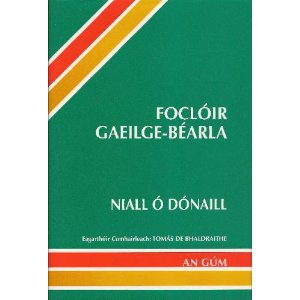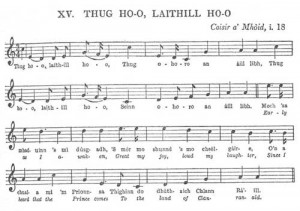Twenty years ago, not long after Thanksgiving Day, I was doing some Christmas shopping at one of those discount department stores. I won’t say which one, but the chain might have its corporate headquarters in Bentonville, Arkansas. Anyway, I was wandering through the Christmas paraphernalia aisles when my eye spotted a cheap plastic Nativity Set in its box all tightly sealed in shrink-wrapped cellophane. The top of the box had a picture of the crèche scene all set up; there was Mary and Joseph, some farm animals, a few shepherds, three wise men dressed as kings. There was, of course, a price sticker prominently displayed. But what had attracted my attention was that the Baby Jesus couldn’t be seen. What Mary and Joseph seemed to be gazing at with rapt attention and deep love was a sticker which had been placed right over their infant son: “Some Assembly Required” it said.
Right then and there I knew I had my theme for that year’s Christmas sermon! I bought that crèche set, kept it unopened in my office, and used it in that year’s Christmas Eve homily to illustrate the theological notion that in Christ, God the Father had joined heaven to earth and earth to heaven, that “some assembly”, some bringing together of God and humankind had been required and in the Incarnation God accomplished it.
And I also started a tradition of keeping my eye open for some similar object to use as each year’s “focus object” for this annual event, this sermon on the Nativity of Our Lord and Savior Jesus Christ. Over the years, these illustrative objects have become a source of great fun for me and I hope for the congregations who’ve been subjected to my preaching.
This year, not long after Thanksgiving Day, I happened to be in another sort of store …. The souvenir shop at the Anheuser-Busch Budweiser Brewery in St. Louis, Missouri, when my eye spotted this …. The 2009 29th Annual Christmas Commemorative Budweiser Beer Stein.
I’m sure you are asking the same question my colleagues of the Western Reserve Deanery Clericus asked last week when we had our annual Christmas luncheon gathering and I told them about this object: “What on earth!?” Mother Meghan Froelich, rector of Our Saviour Parish in Akron, spoke for the entire group (and perhaps for you) when, in her best Desi Arnez voice, she said, “Eric, you got some ‘splainin’ to do!”
So, my friends, herewith the explanation and a bit of theology concerning our Lord’s Birth.
What I would like us to focus on is not the stein itself, nor on its intended use. Rather, let us consider the wagon and team of Clydesdales depicted on the stein. When I was in business school taking a course in organizational management, the professor shared with us the results of a test of the theory of synergy (which is just a fancy way of saying that sometimes one-plus-one equals more than two). This study was done somewhere in the British Isles. A team of Clydesdale horses like those which pull to Budweiser wagon was used. Each horse was tethered to a number of barrels and tested on how much weight it could pull. These individual totals were duly recorded as well as the overall total weight. The team was then harnessed together, and the same process repeated. The weight of the barrels the team pulled was recorded. The weight the team pulled was 25% more than the total weight the individual horses pulled earlier. So, aha!, the theory of synergy was demonstrated.
The really interesting thing about the study was that the team of horses that were used was an “in tact” team. That means they had pulled things together for a long time. They knew each other. They trusted each other. They were used to working with each other. They were, in short, a team – not just a group of horses tethered together.
This is a vital point when discussing the meaning of synergy. In fact, it is the point. A team is more than just a group of individuals. A team is a well functioning, synergistic unit. Pulling you and me and every human being together into just such a team is one way of understanding what God was up to in the Incarnation, in the birth, life, death, resurrection, and ascension of Jesus of Nazareth.
What triggered my thoughts in this regard is this evening’s reading from the Prophet Isaiah and the way it seemed to point to something Jesus said which we find reported in the Gospel according to Matthew. Listen again to these words from the Prophet:
The people who walked in darkness have seen a great light;
those who lived in a land of deep darkness – on them light has shined.
You have multiplied the nation, you have increased its joy;
they rejoice before you as with joy at the harvest,
as people exult when dividing plunder.
For the yoke of their burden, and the bar across their shoulders,
the rod of their oppressor,
you have broken as on the day of Midian.
And how was this done? How did God break the yoke of burden, the bar across his people’s shoulders? Through the birth of this Child, for as the Prophet continues:
For a child has been born for us, a son given to us;
authority rests upon his shoulders; and he is named
Wonderful Counselor, Mighty God,
Everlasting Father, Prince of Peace.
The yoke of burden upon God’s people’s shoulders was broken when another yoke, the yoke of authority, was laid upon his Child’s shoulders.
Of course, the yoke referred to in these Biblical analogies is the sort used with oxen which does go across the shoulders of the animal. But horses are also yoked! When a team of horses is tethered together, the tack used is very complicated – each horse is fitted with a “harness collar”, a bridle, a bit and several other pieces of equipment, and then each pair of horses is linked together with a “neck yoke”. After that, each pair is then put in place and the neck yoke attached to the tongue or pole of the horse-drawn vehicle, like Budweiser’s delivery wagon.
Now, as I said, the yoke mentioned in Isaiah seems to point us to something that Jesus said in the Gospel according to Matthew. In 11th Chapter, speaking to the people of Capernaum and to us, Jesus says:
Come to me, all you that are weary and are carrying heavy burdens, and I will give you rest. Take my yoke upon you, and learn from me; for I am gentle and humble in heart, and you will find rest for your souls. For my yoke is easy, and my burden is light.
Jesus does not offer us a yoke in the same way that a farmer offers a yoke to an ox or a teamster offers the harness and neck yoke to his horses. Jesus is not offering to put on us something which he himself does not share. As with the pair of oxen yoked together, or a team of horses harnessed together, when we take upon ourselves the yoke of Christ Jesus becomes our “yokefellow”, a partner of infinite strength capable of carrying the entire burden himself. The burden is light because he shares it with us, we with him, and all of us with one another.
As that synergy test demonstrated, a yoke allows the strength of two or more animals to be linked and multiplied, sharing and reducing the heavy labor of the plow or wagon. A burden that might be overwhelming or perhaps impossible for one to bear can be equitably and comfortably borne by two or more bound together with a common yoke or harness. Christ’s yoke requires a great and earnest effort, but for those who truly are converted, his yoke is easy … and yoked together with him and with each other like an “in tact” team our burdens become light.
When horses are tethered in a team such as that shown on the Budweiser stein, the horse on the left of the front pair is called “the lead horse.” That’s the horse who is guided by the driver or “teamster” through the use of the reins; the other horses follow that “lead horse”, the lead horse gives them direction. When we accept Christ’s yoke, when we let him be our “yokefellow,” Jesus not only shares our burdens, he gives us direction. This is what the Incarnation means to us; this is what the Birth of Christ accomplishes. As Isaiah said in another place, “a little child shall lead them.” (Isa. 11:10)
I can’t think of horses and horse-drawn wagons without thinking of the “wild West” and I can’t think of the wild West without thinking of 19th Century author Bret Harte. His short-story The Luck of Roaring Camp is not a Christmas story, per se, but it has always spoken to me of the Nativity.
The Roaring Camp of the story’s title is described as the meanest, toughest mining town in all of the West. There were more murders and more thefts there than anywhere else. It was a terrible place inhabited entirely by men, and one woman who tried to serve them all in the town’s only saloon. Her name was Cherokee Sal and as the story begins, she dies while giving birth to a baby.
Well, the men take the baby and put him in a box with some old rags under him, but when they look at this, they decide it just isn’t right, so they take up a collection – each miner is allowed into Cherokee Sal’s cabin to see the baby and, like the three wisemen who will visit the Baby Jesus, each leaves a gift. The author says they left such things as “a golden spur; a silver teaspoon …. a Bank of England note for £5, and about $200 in loose gold and silver coin.” Then one of the men travels eighty miles to Sacramento to buy a rosewood cradle. He brings it back, and they put the rags and the baby into it. And, of course, the rags don’t look right there. So they send another of their number to Sacramento, and he comes back with some beautiful silk and lace blankets. And they put the baby, wrapped around with those blankets, in the rosewood cradle.
It looks fine until someone notices that the floor of the cabin is filthy. So these hardened, tough men get down on their hands and knees, and with their hardened and horny hands they scrub that floor until it shines. Of course, what that does is make the walls and the ceiling and the dirty windows without curtains look absolutely terrible. So they wash down the walls and the ceiling, and they put curtains at the windows. Now things begin to look as they think they should look. Then they realize they have to give up a lot of their fighting, because the baby sleeps a lot, and babies can’t sleep during a brawl. So the whole temperament of Roaring Camp softens.
As the story goes on, the men take the baby out to their mine and set him by the entrance in his rosewood cradle so they can see him when they came up. Of course, the noticed what a dirty place the mine entrance is, so they plant flowers and they made a very nice garden there. It becomes quite beautiful. They bring the baby shiny little stones and things that they find in the mine, but when they would put their hands down next to his, their hands looked so dirty. Pretty soon the general store sells out of soap and shaving gear and perfume and those sorts of things. In the story, a miner in the competing camp of Red Dog says, “They’ve a street up there in ‘Roaring,’ that would lay over any street in Red Dog. They’ve got vines and flowers round their houses, and they wash themselves twice a day!” Well, the point is that baby changed everything.
That’s what happened on that first Christmas. The Baby changed everything. Rough shepherds came in awe to gaze upon the child. Noble kings bowed like servants. History stopped and began anew. Life changed direction. Christ changes everything! He makes the old new, the gruff gentle, the hopeless hopeful. He gives everyone and everything a brand new start, a new direction to any life. He changes everything! That’s what can happen at Christmas for each of us when we allow Christ to take away the yoke of burden and oppression in exchange for his yoke, the yoke of love and freedom. Instead of wandering alone, shouldering our own burdens, we are given the gift of being an “in tact” team each member bearing a lesser load and having a God- given direction.
I must tell you that I was really pleased with myself standing in the Budweiser souvenir store holding this beer stein and putting together this Nativity and “yoke of Christ” connection. I was convinced it was a new take the story of the Incarnation. Of course, being a conscientious preacher I wouldn’t put together a sermon without doing a little bit of theological research. So that’s what I did when we came home from St. Louis. Guess what I found….
Back in the Fifth Century, a bishop of Rome made that same connection! St. Leo the Great concluded one of his Christmas Sermons with these words:
[Christ], placing within us the nature of His own gentleness and humility, begins in us that power whereby He has redeemed us, as the Lord Himself promises: Come to me, all you that labor, and are burdened, and I will refresh you. Take up my yoke upon you, and learn from me, for I am meek, and humble of heart; and you shall find rest for your souls (Matthew XI:28-29).
Let us therefore take upon us His not heavy or bitter yoke of truth, and let us be like unto Him in simplicity of heart, in Whose Glory we desire to share, He also helping us and guiding us towards the fulfillment of His own promises, Who, according to His great mercy, is powerful to wipe out our sins, and bring to perfection in each of us His own gifts, Jesus Christ our Lord, Who lives and reigns world with out end. Amen. (Sermon 23)
In a little while this evening, Keni Hansen, one of our choristers will thrill us with that lovely Christmas hymn O Holy Night in which the same connection is made! In my research, I learned that the English words were written by John Sullivan Dwight, a Unitarian minister, but the music was originally written in 1847 for a poem by French writer Placide Cappeau entitled Minuit, Chretiens (“Midnight, Christians”). In Cappeau’s poem, the last verse includes this line, “Love unites those that iron had chained.” So the French poet made the same connection: Christ’s birth unites us in the yoke of love and freedom who before were bound by the iron chains, the hard yoke of burden and oppression.
I also learned that in 1902 an English playwright named Laurence Housman published a piece for the stage entitled Bethlehem: A Nativity Play in which the shepherds recite these lines:
Son of God, shine on us !
Lamb of God, look on us !
Shepherd of men, set Thy sign on us
And lay Thy yoke on us !
And we will be thankful.
So, I have to admit that making the theological connection between the Nativity and Christ’s invitation to take his yoke upon us isn’t all that original. …. But illustrating it with a beer stein probably is! And so I hope that the next time you have a beer, or the next time you see a Budweiser ad, or a team of horses, or just a single Clydesdale, you’ll remember this stein and remember this Christmas message and give thanks for the Baby who came to share our burdens, to be our yokefellow, and to give direction to our lives.
Truly He taught us to love one another;
His law is love and His gospel is peace.
Chains shall He break for the slave is our brother;
And in His name all oppression shall cease. Amen.


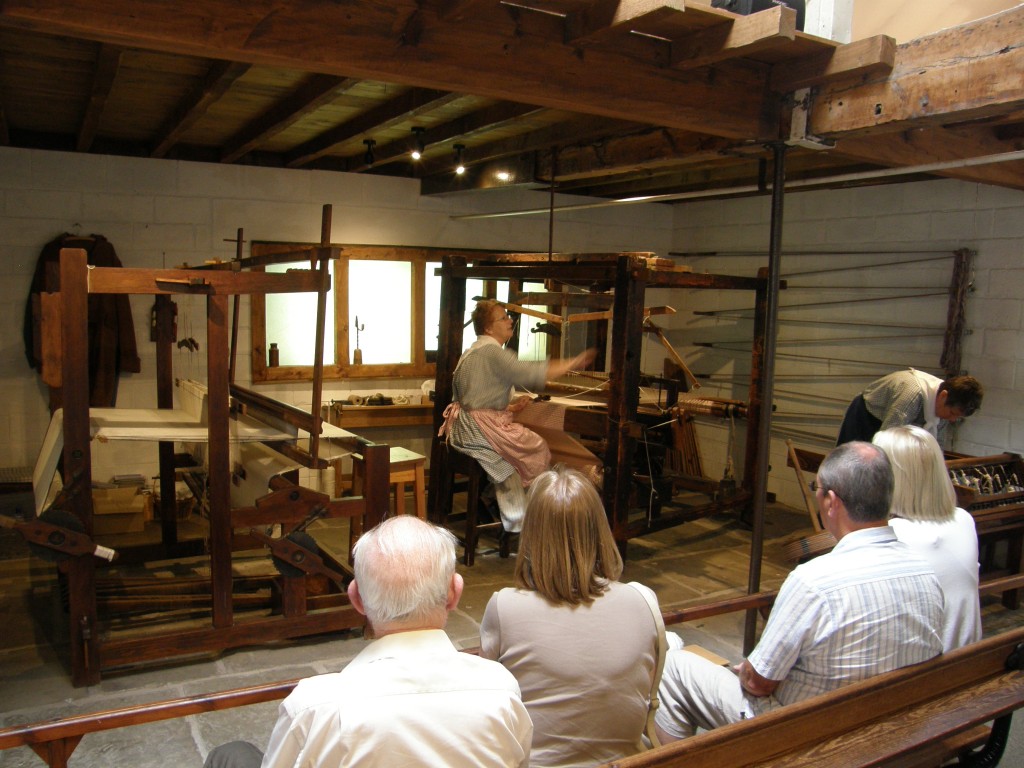


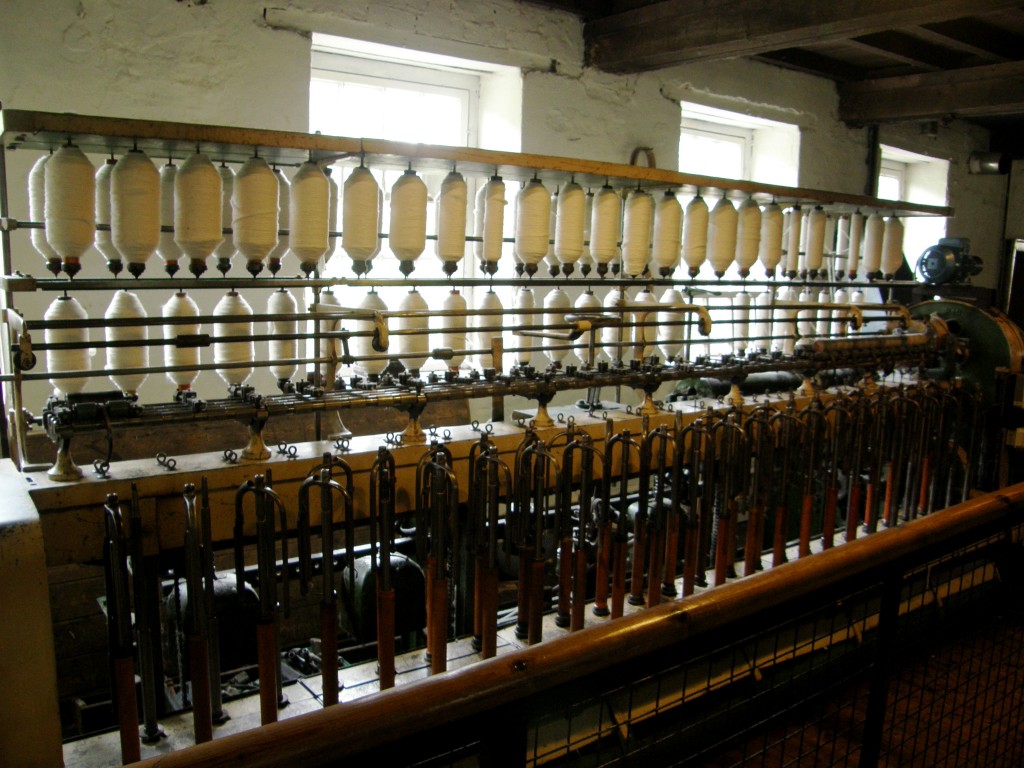
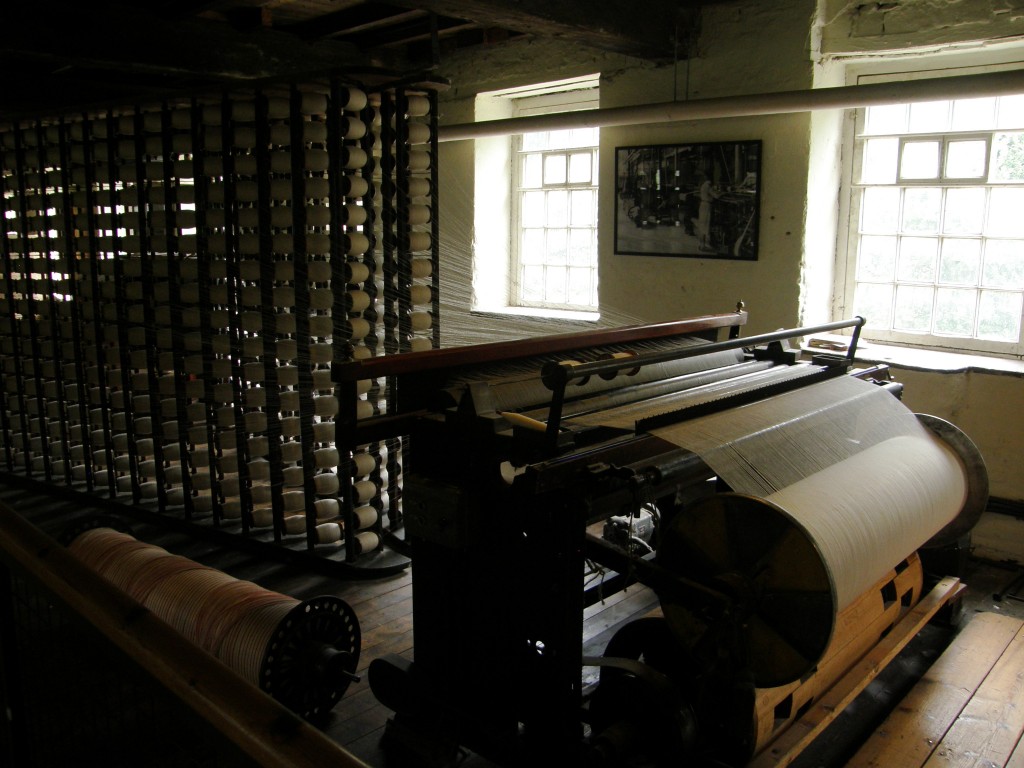

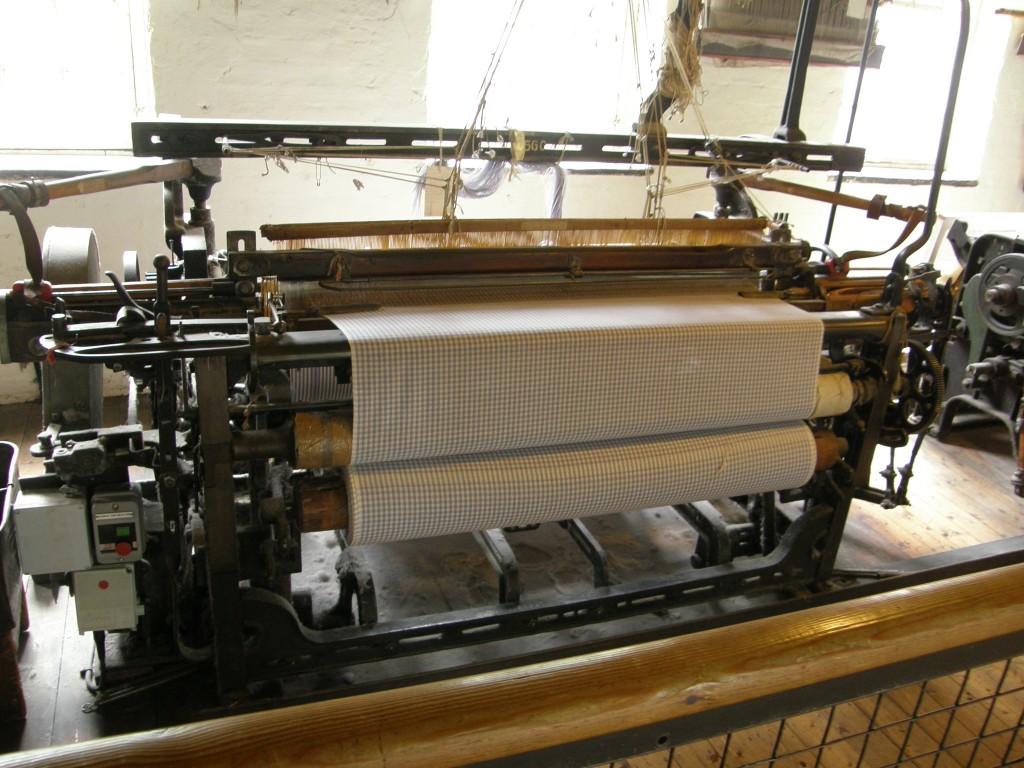
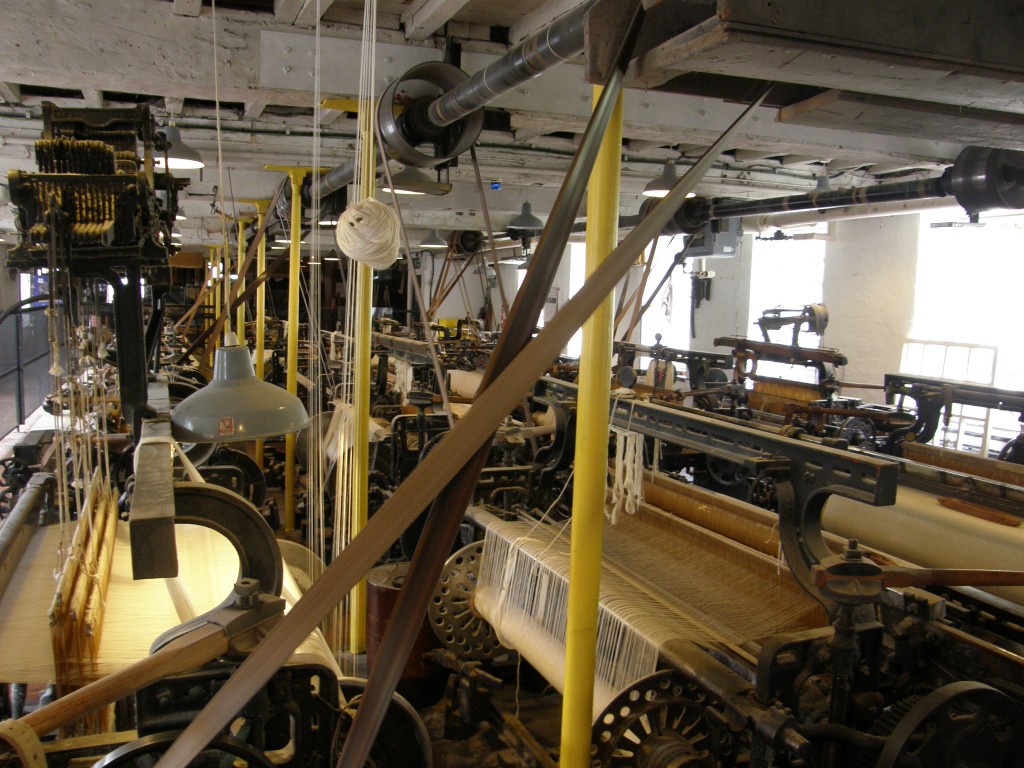
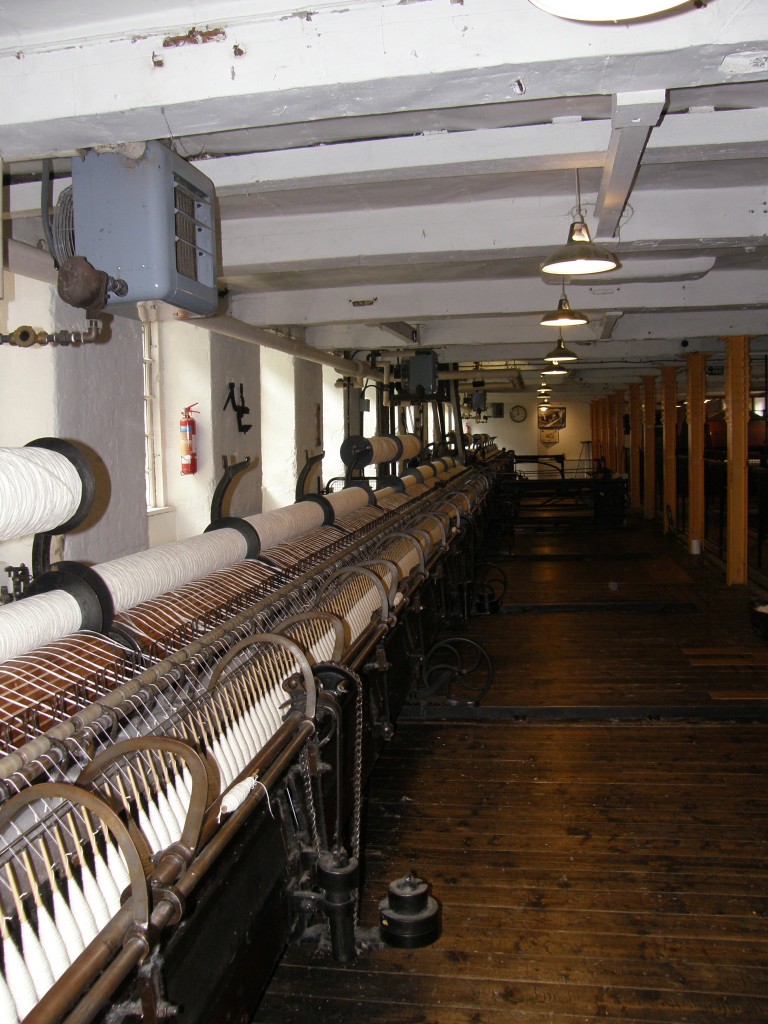


 Last evening as I walked the dog after sunset, the sky still a fairly bright blue with plenty of light to see, I looked into the darkness of the woods behind our house and saw that the fireflies were beginning to flash their mating signals. I realized that I’m leaving Ohio at one of my favorite times of the year – firefly time! I love fireflies!
Last evening as I walked the dog after sunset, the sky still a fairly bright blue with plenty of light to see, I looked into the darkness of the woods behind our house and saw that the fireflies were beginning to flash their mating signals. I realized that I’m leaving Ohio at one of my favorite times of the year – firefly time! I love fireflies!